7 projects with promise

Scientists around the world are working feverishly to find a cure for spinal cord injuries.
That's seven projects that are mainly financed by the proceeds of the annual Wings for Life World Run. Because every cent raised goes 100 percent into spinal cord research. And all of these projects give hope.
From a purely scientific perspective, research on the central nervous system is particularly exciting. "Because it is so complex", says Dr. Verena May. The scientific coordinator of the Wings for Life Foundation also emphasizes, "Regarding spinal cord injury, there's also the fact that all kinds of other aspects and bodily functions play into it." The immune system, for example, usually doesn't function as it should, bladder and bowel functions and the circulatory system just as often cause problems. But as difficult as this is for people affected, “it's an interesting area for research because there are so many different approaches and areas to pursue. That's particularly fascinating from a scientific perspective", Dr. May says.
At the same time, it also leads to the possibility of developments on many different terrains. As an example, here are seven exciting projects currently funded by the Wings for Life Foundation.
1. Toxic Glutamate
Sagol School of Neuroscience, Tel Aviv University, Israel
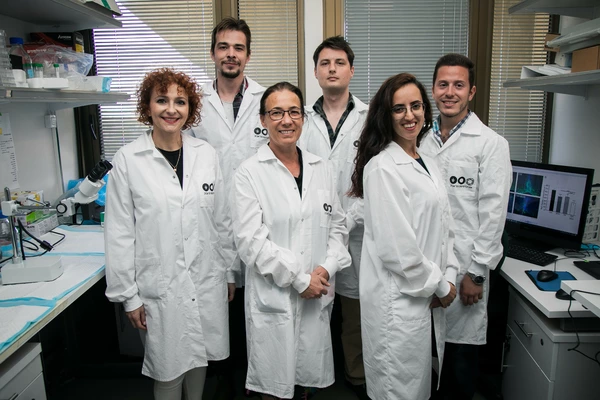
Glutamate is the most widely distributed messenger substance of the central nervous system. It is a decisive factor in nerve excitation, yet a high concentration can also cause nerve cells to die. Angela Ruban’s idea entails lowering the concentration of glutamate following a nerve injury, reducing the toxic effect and resulting damage. Lower glutamate levels could even lead to improved recovery and regeneration. This approach has already been proven effective in experiments following a stroke or traumatic brain injury. The administering of certain enzymes that break down glutamate resulted in improved motor function. This therapy could be clinically tested soon.
2. Electrified Skin
Electrical & Computer Engineering, University of Washington, Seattle, USA
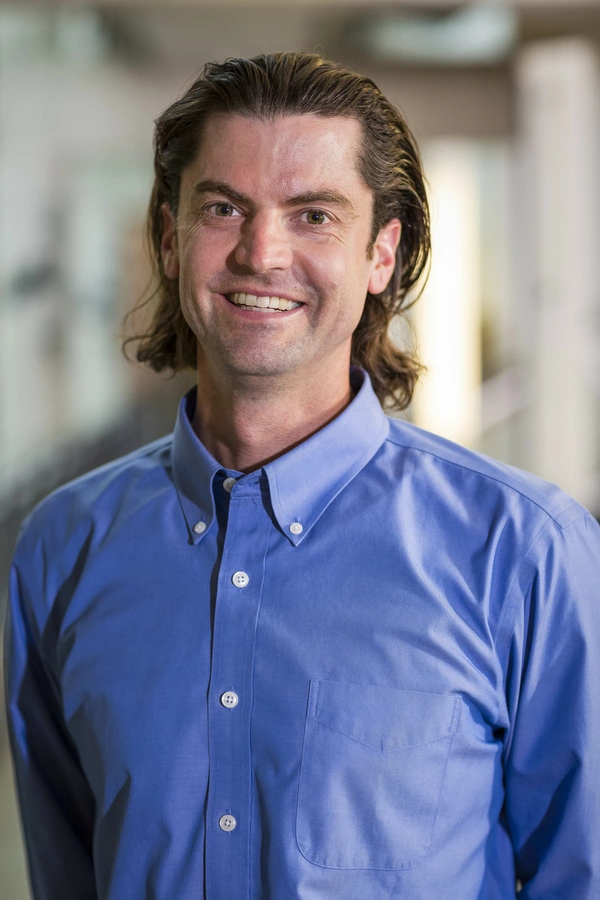
The team of scientist Chet Moritz has discovered that electrical stimulation of the spinal cord at neck level leads to significant and long-lasting improvements in hand function in patients suffering from chronic, high-level spinal cord injury. The stimulation is applied superficially to the skin on the back of the neck. Due to the use of adhesive electrodes, no surgical intervention is necessary. Surprisingly, the team also observed an improvement in muscle strength and sensory perception in the legs. Even bladder and bowel function were positively impacted.
The researchers now want to investigate in detail whether a combined, simultaneous stimulation via the skin on the neck and at the lumbar spine, coupled with intensive rehab training, increases this effect. In the case of high-level spinal cord injuries, the approach is intended to positively influence walking and autonomic functions.
3. Magnetically Lengthening Nerve Fibres
Università Di Pisa & National Research Council, Pisa, Italy
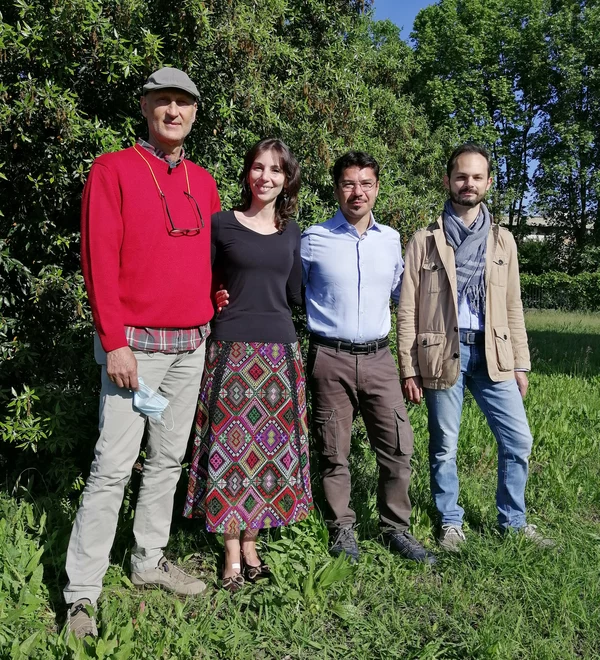
How can nerve fibres be induced to regrow after a spinal cord injury? A team of scientists led by Vittoria Raffa and Marco Mainardi are studying this problem by breaking new ground. The researchers demonstrated that even small tensile forces stimulate length growth in nerve cells. These mechanical forces are generated by utilising magnetic fields. The required nanotechnology is highly sophisticated and was custom developed by the research group. This concept could conceivably be combined with other procedures and extended to stem cell therapy or the expansion of nerve networks in order to heal injured spinal cords.
4. Spinning and Strengthening Nerve Networks
Leopold Franzens University Innsbruck & Paracelsus Medical University Salzburg, Austria
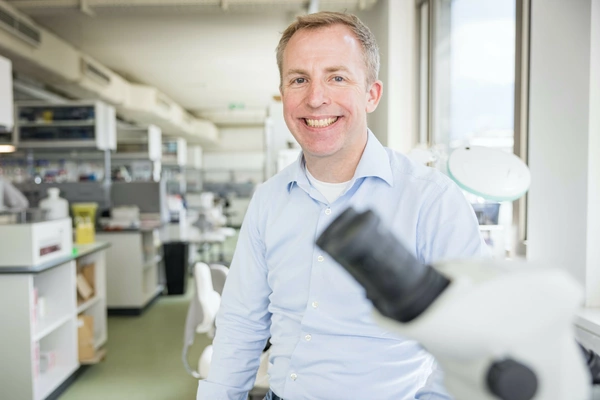
Neuroscientists Frank Edenhofer and Sébastien Couillard-Després are currently developing a novel combination therapy. Their objective is to restore nerve connections through so-called induced neural stem cells. They also aim to counteract scar formation, as a scar impedes regeneration. To accomplish this, they employ special vesicles (extracellular vesicles), which are typically responsible for communication between cells. These vesicles are intended to unfold their effect at the injury site and in the bloodstream. This technique is designed to regenerate nerve connections and be the cornerstone of therapy for patients affected by chronic spinal cord injury.
5. Tracking Down Genetic Codes
Neuroscience, University of California, San Diego, USA
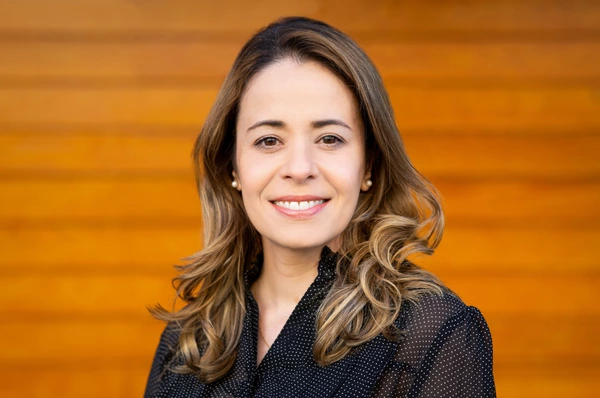
The most important human motor nerve pathway is the so- called corticospinal system, a connection from the cortex of the brain to the spinal cord. It transmits command signals from the brain to the spinal cord – which subsequently leads to activation of muscles and thus movement. However, it is also the pathway least capable of regeneration. This means an external stimulus is required.
Neuroscientists led by Camila Marques de Freria are developing a combination therapy that combines stem cell grafts placed at the injury site and high-intensity rehabilitation training. In a first step, they aim to determine which genes are active in the human body during this treatment. After the genetic code has been deciphered, it can be compared with pharmacological agents featuring a similar genetic profile. The best active substances could then be applied to a new drug therapy for spinal cord injury patients.
6. Shrewd Transplantation
Shirley Ryan AbilityLab, Chicago, USA

Martin Oudega and his research group specialised in so-called Schwann cells and their transplantation into the damaged spinal cord. The objective is to restore nerve tissue. One of the problems associated with cell transplantation is, however, that the new cells die quickly at the injury site. The scientists have now succeeded in introducing a special biomaterial that helps reduce the hostile conditions within the wound. The aim is to increase the survival rate of the newly transplanted Schwann cells. This novel, two-stage strategy could fundamentally transform cell transplantation and subsequently cure spinal cord injuries.
7. Why Early, High-Intensity Movement Training?
Faculty of Medicine and Health, University of Sydney, Australia
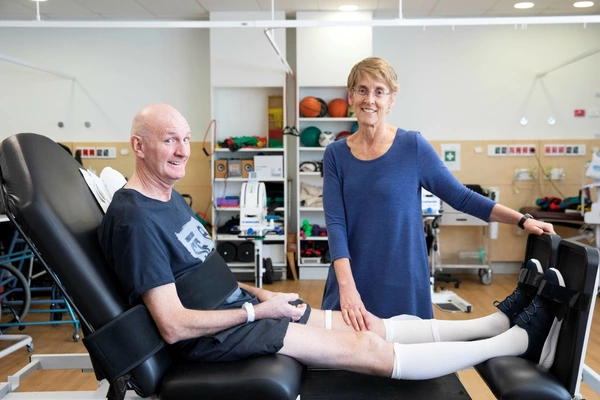
Early and intensive motor training is currently the most promising therapy for spinal cord injuries. Mainly because such training stimulates the plasticity of the spinal cord, i.e. the ability to form new connections. A study by Australian neuroscientists led by Lisa Harvey is exploring the effectiveness of early and intensive motor training on recovery and individual body functions. Recently injured patients are being assessed at several centres around the world in order to quickly put the knowledge gained into practice. This study has the potential to change the rehabilitation of spinal cord injury patients worldwide.
The Wings for Life World Run.
Once a year, the Wings for Life World Run takes place around the globe. This year it will be the 7th of May. All participants start at the same time worldwide and run either individually with the Wings for Life World Run App or together in several Flagship Runs. The best part is that any form of the run is all about being there. It doesn't matter how well, fast or far you run, whether you're a professional athlete, hobby runner or an absolute beginner. It is all about having fun while running. For this reason, there is no traditional finish line. Instead, 30 minutes after the start, either a virtual or – in the case of the Flagship Runs – a real Catcher Car picks up the chase and overtakes one runner after another. Results aren’t measured in time, but in distance achieved. Best of all: 100% of entry fees and donations goes directly to spinal cord research. In the editions of the Wings for Life World Run that have been completed to date, a total of 1,086,988 registered participants from 195 nationalities ran, walked and rolled on all seven continents and together raised a total of €38 million to find a cure for spinal cord injury.
![[Translate to Russian:] Participants seen during a preshooting for the Wings for Life Wolrd Run in Sankt Gilgen, Austria on March 03, 2022.](https://a.storyblok.com/f/254765/3200x2133/8e6250ce37/si202203280279_news.jpg/m/960x600)

